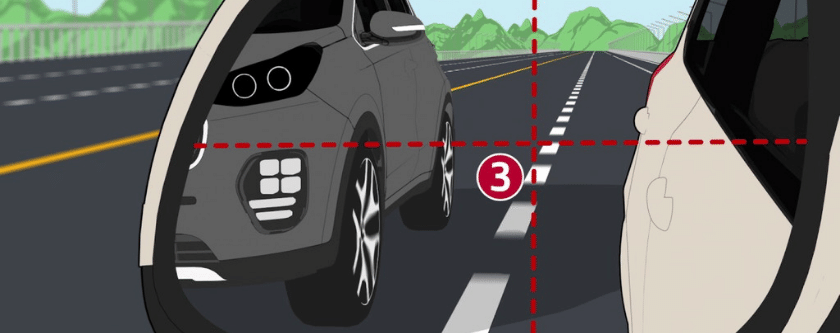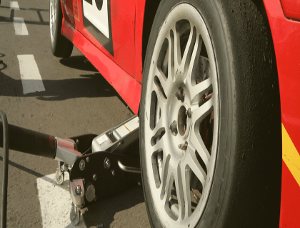10 Steps of Changing Lanes Properly
- Driving Lesson,
- Sep 09, 2019

Imagine you are driving peacefully to your home, to your kids’ school to pick them up, or to a local supermarket to grab some groceries. You are humming along with your favorite song as it plays on your car’s speakers and thinking about your future plans.
All of a sudden, in the blink of an eye, some car crashes into yours and all your planning gets disrupted and your rear bumper is messed up really bad. Upon inquiring from the driver what in God’s name he was doing, you find out he was trying to change lanes but being unaware of how to do it properly, he ended up damaging your car.
This is a scenario that could happen anytime, anywhere, to anyone, so we all need to be prepared. Ensuring that we are not the ones to cause it can really save someone’s day along with ours as well.
So, how to change lanes properly?
Information on Lanes:
Before we dig into how to change lanes, we must first know what lanes are… well, at least their types, we all know what lanes are. In Australia, you will mostly find one-way lanes where the traffic is going in a single direction but there are also some two-way lanes somewhere in the underdeveloped or rough terrain areas. Changing lanes varies on both the types and one needs to be careful about it.
No matter the type of lane, one thing that needs to be put into the mind is that Australia is a left-hand driving country just like all other previously British colonized countries, and unlike America, which is a right-hand driving country. This means that you need to drive on the left-hand side of the road at all times.
In a four-lane road, the left two are for ongoing traffic and the right two are for incoming traffic… provided you understand the perspective from where this is coming. You have two complete lanes to you, so you must stick to the extreme right if you are driving a car and leave the left one for motorbikes. The left one must also be spared for vehicles in an emergency or those who wish to change the lanes. You should avoid staying on the extreme left lane for too long too.
Changing Lanes Properly:
Now that we are finally under a relevant heading (thank God, right?), let’s not waste any more time and jump right into it.
Changing Lane on a One-Way Road:
In order to switch lanes on a one-way road, you must follow these ten steps to avoid any kind of collision or accident:
1- Inspect the speed of the car in front: Get an estimate of the speed of the car in front of you. Is it driving faster or slower than you? If it is driving slower than you, you are allowed to change the lane but if it is not, do not bother taking a risk, wait for it to either slow down to change its course.
2- No other cars overtaking you: Check your rear and side-view mirror in order to find out whether or not any car behind you is trying to take you over. If there is a car, be careful. When being passed, you should give way to that car and let it pass you. Do not interrupt it. If there is no car doing so, you can take over the car in front of you provided it is slower than you.
3- Check the mirrors: It is always a good practice to look at the rear and side-view mirrors to find out whether or not you can actually take over a car without damaging your own from the one behind you. Always do it.
4- Check the blind spots: ALWAYS check the blind spots of your car. This is the most important step of all and it can save your car from an abrupt accident from a motorist or another car out of the sight of your mirrors. To do this, turn around and look at both sides to find any hidden motorbike or car out of general view.
5- Turn on the indicators: When turning, you should give the proper signal. Since you are going to change from extreme right to the lane left of you, give a left indicator.
6- Change the lane: Since you have done all the previous steps, you can now change the lane. But remember that you should never apply the brakes while changing the lanes, it can be really dangerous. Do it as smooth as possible.
7- Turn off the indicator: Since you have now entered the left lane, turn off the signal.
8- Check side and rear-view mirror again: Inspect your surroundings again to ensure that no other car is popping up out of nowhere that could hinder your lane change process.
9- Give an indicator again: Once you have overtaken the slow car and are ready to get back into the original lane, give the indicator. It’s a really good practice.
10- Change back to the original lane: And voila! That’s how you change the lanes!
Changing Lane on a Two-Way Road:
Changing lane on a two-way road is basically the same except that now instead of changing to the left lane (since there is no other left lane), you have to change to the right lane but be sure to avoid incoming traffic while you change the lane.
We hope that now you understand changing lanes properly but if you still need some help, never hesitate to ask from an expert driver or a driving school. Easy Driving Test is always here to help should you ever need it.











